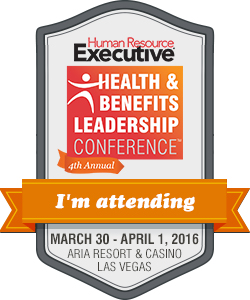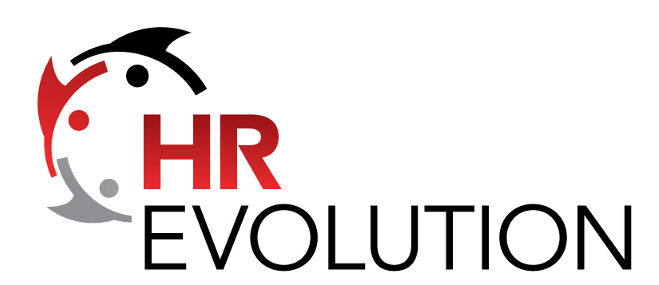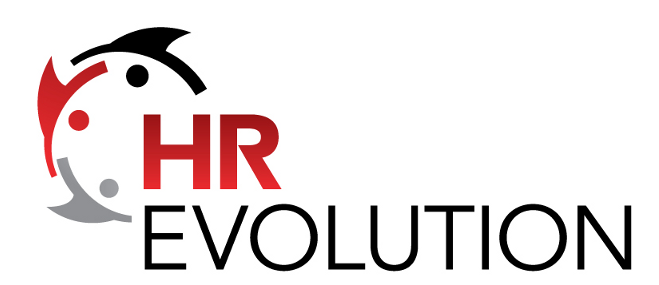Announcement: The Health & Benefits Leadership Conference
Quick break from the regularly scheduled nonsense compelling content on the blog to share some information and a special discount offer for the upcoming 4th Annual Health & Benefits Leadership Conference that will take place March 30 - April 1, 2016 at the fabulous Aria resort in Las Vegas.
This event has grown into what I think is the premier conference for corporate leaders that oversee benefits, wellness, and the overall well being (health, financial, physical, emotional), of their employees.
Don't believe me?
Take a guick look at the agenda for the conference here. You will see dozens of sessions covering the most important, relevant, and cutting-edge topics in health, benefits, and wellness today. From current issues with health care and employer-sponsored benefits to financial wellness to important issues around work/life balance, and more - the Health & Benefits Leadership Conference offers HR and benefits leaders a tremendous opportunity to learn, network, and raise their understanding of the most important issues and potential solutions for their benefits challenges.
Just some of the health and benefits thought leaders that will be speaking at the conference include Alexandra Drane, Ron Leopold, Jennifer Benz, Carol Harnett, Fran Melmed and many more.
And your humble correspondent, (me), will once again serve as host of the wildly popular 'Ideas and Innovators' session where health and benefits innovators and provocateurs will share their most challenging and cutting-edge ideas in a fast-paced and fun format.
And more that 70 providers of services and technology, including some of the most innovative companies in the world, will be on hand in the Expo hall, where benefits pros can see, touch, and learn more about the latest technology solutions that can enhance and support their organizational benefits and wellness programs.
If you are a benefits or wellness pro, this is one event that you don't want to miss, and to make it a little easier for you to attend, blog readers can use the registration discount code BOESE16 to get an additional $75 off the current rate. Just go to www.benefitsconf.com and click on 'Register'.
Hope to see lots of readers out at the event, if you see me, make sure to day hi!
 Benefits,
Benefits,  Conferences tagged
Conferences tagged  HR,
HR,  Leadership,
Leadership,  benefits,
benefits,  conferences,
conferences,  wellness
wellness  Email Article
Email Article 
 Print Article
Print Article 



